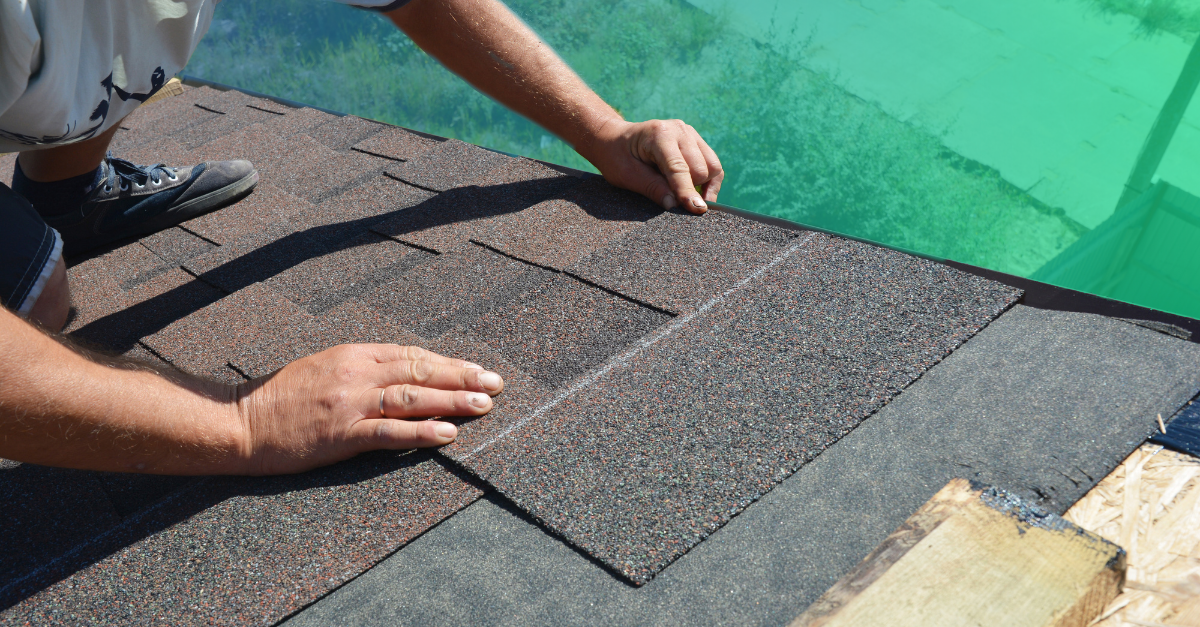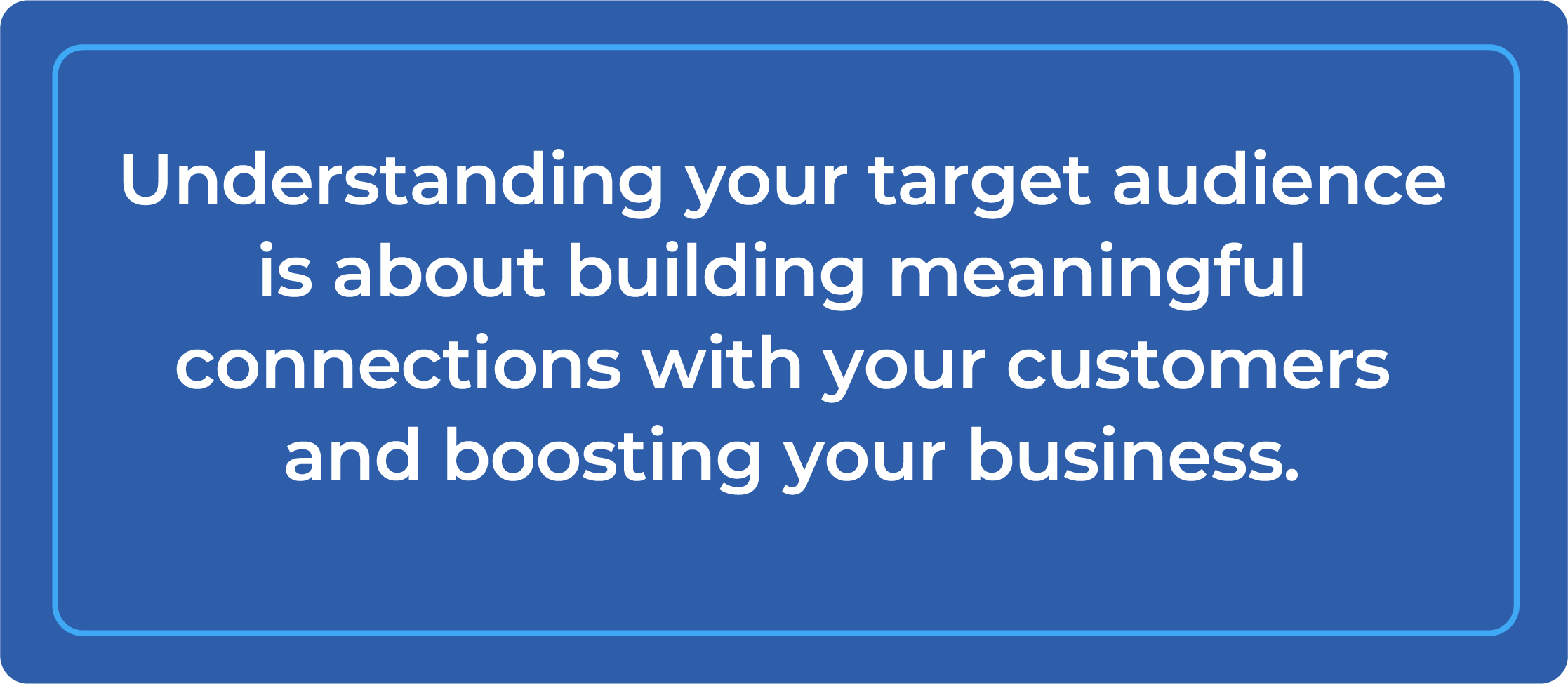Share this
Demand Generation in Roofing: Creating a Buzz to Drive Business
by Keith Gutierrez on Nov 13, 2023

In the dynamic world of roofing, where competition is fierce, and market trends are constantly evolving, the ability to generate demand for your roofing business is nothing short of paramount.
Demand generation goes beyond just promoting your services; it's about creating a buzz that resonates with your target audience, drawing them in, and establishing your brand as a trusted authority in the roofing industry.
Whether you're a residential roofing specialist or a commercial flat roof expert dealing in shingles, metal, stone-coated steel, tile, solar, or any other roofing product, the strategies and insights shared here will empower you to connect with your customers in a way that sparks genuine interest, fosters trust, and drives business growth.
Let's uncover the strategies and techniques to propel your roofing business to new heights.
- Understanding demand generation in the roofing industry
- Key challenges roofing companies face when generating demand
- Identifying your target audience
- Online and offline channels that help you reach potential roofing customers
- Industry-specific nuances or trends
- Staying ahead of the competitive market
Understanding Demand Generation in the Roofing Industry
Before we jump into the details, let's quickly define what demand generation is all about.
Demand generation, in the roofing industry context, refers to creating and nurturing a demand for roofing services or products among potential customers. It involves using various marketing strategies and tactics to generate awareness, interest, and engagement with the target audience.
For roofing businesses, demand generation is essential for several reasons:
- Building brand awareness: By implementing demand generation strategies, roofing businesses can increase their visibility and create awareness about their brand among potential customers. This helps establish a strong market presence and differentiate themselves from competitors.
- Establishing thought leadership: Roofing businesses can position themselves as thought leaders by providing valuable and educational content to their audience. This helps build trust and credibility with potential customers, who perceive the company as knowledgeable and reliable.
- Generating leads: While demand generation may not directly produce leads, it plays a crucial role in attracting and engaging potential customers. Roofing businesses can capture their interest and convert them into leads by educating the audience and providing them with valuable information.
- Increasing customer trust: Demand generation activities, such as content marketing and thought leadership, help build trust with potential customers. When customers perceive a roofing business as trustworthy and credible, they are likelier to choose it over competitors when purchasing.
Demand generation in the roofing industry focuses on creating a positive brand image, establishing trust and credibility, and ultimately driving customer engagement and conversions. Roofing businesses can attract and retain customers in a competitive market by implementing effective demand-generation strategies.
Like most things, this comes with its challenges…
Key Challenges Roofing Companies Face When Generating Demand
Before exploring effective strategies to assist you in your demand generation efforts, it's crucial to recognize the key challenges roofing companies encounter regarding demand generation.
Some of these challenges might include:
- Lack of brand visibility: Potential customers need help finding a roofing company to generate demand. This could be due to a lack of online presence, poor search engine optimization (SEO), or limited marketing efforts.
Related: The Ultimate Guide to Roofing SEO in 2023
- Need for more focus on customer-centric content: More than simply having a website is required. Roofing companies need to create content that is helpful to their customers and addresses their pain points. This could include blog posts, guides, videos, and other resources that educate and inform potential customers.
- Limited community engagement: Building trust and credibility within the community, both online and offline, is crucial for generating demand. Roofing companies should actively participate in relevant online forums, social media groups, and local events to establish themselves as industry experts and gain visibility.
- Lack of dedicated content creation: With someone dedicated to creating video and written content, roofing companies can consistently produce high-quality content that resonates with their target audience. A dedicated content manager can help generate demand by consistently delivering valuable and engaging content.
- Neglecting video content: Video content is becoming increasingly popular and influential in capturing attention and conveying information. Roofing companies that do not create video content may miss opportunities to engage with potential customers and showcase their expertise.
Related: Overcoming Internal Hurdles: Video Marketing in the Roofing Industry
- Relying on paid leads: Paying for leads can be costly and may only sometimes result in high-quality leads. Building trust and credibility through organic marketing efforts, such as content creation and community engagement, can help generate demand without relying solely on paid leads.
By addressing these challenges and implementing effective marketing strategies, roofing companies can improve their demand-generation efforts and attract more customers.
Now, you might wonder, "Who would be interested in my products and services, and how can I locate them?" Don’t worry, we have you covered.
Let's explore practical methods for discovering and pinpointing your ideal audience.
Identifying Your Target Audience
Identifying your target audience is crucial for demand generation. You can develop effective marketing strategies and generate leads by understanding who your potential customers are, what platforms they prefer to “hang out” on, and what they want.
Tailoring your marketing efforts to their specific needs and preferences is essential. Utilizing social media targeting tools can also help you reach particular demographics, take advantage of analyzing your existing customer base, and conduct market research, which can help you identify common characteristics and refine your marketing efforts accordingly.
To effectively tailor demand generation efforts in the roofing market to specific customer segments and demographics, it's important to begin with a deep understanding of the diverse needs and preferences within the industry.
Residential and commercial clients represent distinct segments with unique priorities, such as aesthetics, energy efficiency, durability, or cost-effectiveness. Similarly, roofing materials like shingle, metal, stone-coated steel, tile, and solar cater to specific needs.
Customized content, segmented email marketing, and personalized communication are essential for reaching these segments—local SEO and geotargeting help get specific geographic regions. Collaborations and partnerships with industry players specializing in different product types can enhance your reach while showcasing relevant case studies and testimonials and building trust.
Regular data analysis and feedback collection ensure your strategies evolve with your target segments' changing preferences. By adapting your approach to these specific customer segments, demand generation efforts become more relevant, increasing engagement and conversions.
By identifying your target audience, you can allocate your marketing budget more effectively and maximize your return on investment.

Online and Offline Channels That Help You Reach Potential Roofing Customers
When reaching potential roofing customers and driving demand, it's essential to have a multi-channel approach that combines both online and offline strategies.
Online channels refer to digital platforms and methods for online communication and marketing.
This includes websites, social media, email marketing, online advertising, and SEO. Online channels are essential for reaching a broad audience and leveraging the power of the internet for business growth.
On the other hand, offline channels encompass traditional, non-digital methods of communication and marketing. This includes print media like newspapers and magazines, direct mail, billboards, radio and TV advertising, and in-person events such as trade shows and networking meetings.
Offline channels are often used to target specific local or niche audiences and can be particularly effective for building relationships in face-to-face interactions.
Take a more detailed glimpse into these channels and strategies to incorporate each into your demand generation approach.
Online Channels:
- Search Engine Optimization (SEO): Optimize your website with relevant keywords to improve organic search rankings and increase visibility.
- Pay-Per-Click (PPC) Advertising: Run targeted ads on search engines like Google or social media platforms to drive traffic to your website.
- Social Media Marketing: Utilize platforms like Facebook, Instagram, and LinkedIn to engage with potential customers, share valuable content, and showcase your roofing services.
- Content Marketing: Create informative blog posts, videos, and infographics that address common roofing concerns and provide solutions.
- Email Marketing: Build an email list and send regular newsletters or promotions to stay top-of-mind with potential customers.
- Online Directories: List your roofing business on popular directories like Google My Business, Yelp, and Angi to increase your online visibility.
Offline Channels:
- Local Networking: Attend local business events, trade shows, and community gatherings to connect with potential customers and build relationships.
- Direct Mail: Send targeted mailers or postcards to specific neighborhoods or demographics to generate leads.
- Referral Programs: Encourage satisfied customers to refer your roofing services to friends, family, and colleagues.
- Print Advertising: Place ads in local newspapers, magazines, or community newsletters to reach a wider audience.
- Yard Signs and Vehicle Wraps: Display your branding and contact information on yard signs or vehicle wraps to generate awareness in the local community.
- Door-to-Door Marketing: To generate leads, hire a team to distribute flyers or door hangers in targeted neighborhoods.
Remember, the effectiveness of each channel may vary depending on your target audience and location. It's essential to track and analyze the results of your marketing efforts to determine which channels drive the most demand for your roofing business.
Industry-Specific Nuances or Trends
When creating a demand generation strategy in the roofing industry, it is essential to consider the industry-specific nuances and trends that can impact the effectiveness of your efforts.
One critical nuance in the roofing industry is the seasonality of the business. Roofing projects are often weather-dependent, with peak demand occurring during the warmer months when homeowners are more likely to undertake roof repairs or replacements. For example, you can focus on generating leads and promoting your services during the spring and summer months when homeowners actively seek roofing solutions.
Another significant trend is the increasing emphasis on sustainability and energy efficiency. Many homeowners are looking for roofing solutions that protect their homes, and help reduce energy consumption and lower utility bills.
Incorporating messaging and content highlighting your roofing services' eco-friendly and energy-saving aspects can help differentiate your business and attract environmentally conscious customers.
The roofing industry is highly competitive, with numerous local and national players vying for customers' attention. To stand out from the competition, developing and communicating a unique value proposition effectively in your demand generation efforts is essential. This could include showcasing your expertise, highlighting your track record of successful projects, or offering special promotions or warranties that set you apart from other roofing companies.
The roofing industry relies heavily on referrals and word-of-mouth marketing. Building strong relationships with satisfied customers and encouraging them to refer your services to their friends and family can be a robust demand generation strategy. Consider implementing referral programs or incentivizing customers who refer new business to you.
When creating a demand generation strategy in the roofing industry, it is essential to consider seasonality, sustainability trends, competition, referrals, and digital marketing channels specific to the industry. Understanding and incorporating these nuances and trends into your strategy can effectively generate demand for your roofing services and attract the right customers.
Staying Ahead of the Competitive Market
The roofing industry is undoubtedly challenging, with new players entering the field daily. But fear not! We have some handy tips to help you navigate the storm and grow your business.
Master the Art of Customer Service:
First, providing exceptional customer service should be at the forefront of your business strategy. A satisfied customer is not only likely to recommend your services, but they also become your brand ambassadors.
How can you achieve this?
Well, it's all about communication, transparency, and going the extra mile. Be responsive to customer inquiries, keep them informed about their project's progress, and ensure your team is friendly and professional.
Embrace Technology:
In this digital age, technology can be your best friend. Embrace it! Invest in roofing software, project management tools, and online platforms to streamline operations and enhance efficiency. From estimating software that helps you provide accurate quotes to CRM systems that organize and track customer interactions, technology can give you a competitive edge. Furthermore, leverage social media platforms like Instagram and Facebook to showcase your roofing projects and engage with your target audience.
Stay in the Know:
It's crucial to keep up with the latest industry trends, techniques, and materials to stay ahead. Attend industry conferences, seminars, and workshops to expand your knowledge and network with like-minded professionals. Additionally, I subscribe to industry publications, join online forums, and follow influential roofing professionals on social media. By staying informed, you'll be able to offer your customers cutting-edge solutions and position yourself as a reliable authority in the field.
Nurture Your Online Presence:
Your online presence plays a significant role in attracting potential customers. Start by creating a user-friendly website that showcases your services, testimonials, and portfolio. Optimize your website for search engines to improve your visibility and reach. Encourage satisfied customers to leave reviews on reputable platforms like Google My Business and Yelp. Engage with your audience through blog posts, video tutorials, and informative content that positions you as an expert in the roofing industry.
Build Strong Partnerships:
Collaboration is key! Forge strategic partnerships with local suppliers, contractors, and related businesses to create synergies and expand your network. By joining forces, you can offer comprehensive services to your customers, provide referrals, and gain access to new customer bases. Remember, collaboration is not just about what others can do for you but also how you can support and uplift each other in a mutually beneficial way.
Final Thoughts
And there you have it, folks—an outline to get you started on your demand generation journey in the roofing industry.
The roofing world is evolving, and generating demand for your business is more critical than ever. By diving into the strategies and techniques discussed in this blog, you can harness the power of content, social media, email marketing, collaborations, and data analysis to create a buzz that drives business growth.
Remember, demand generation is an ongoing process, and success takes time.

Doing so can build a strong reputation, establish customer trust, and ensure a steady business flow for years. With the right strategies and a focus on creating a buzz, your roofing business is well-positioned to thrive in a competitive market.
Remember, sparking conversations about your company goes beyond just selling roofs; it's also about cultivating enduring customer relationships.
Get ready to dive into marketing efforts and create the buzz that will elevate your roofing business to new levels of success!

No Comments Yet
Let us know what you think